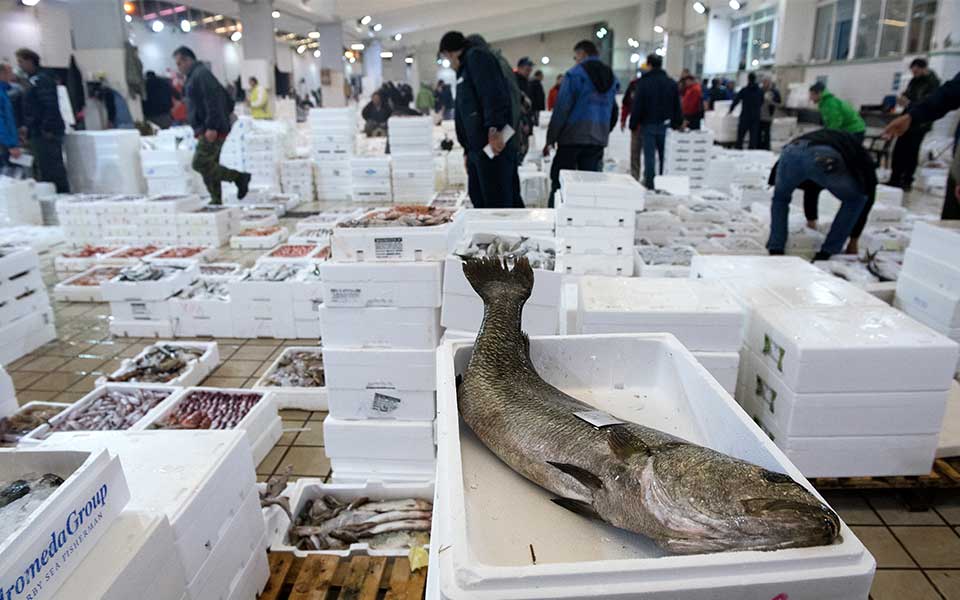Athens’ Most Coveted Culinary Hotspots
Athens sizzles with culinary creativity, blending...

Freshly caught fish up for auction at the Nea Michaniona fish market outside Thessaloniki.
© Alexandros Avramidis
The silver fish scales glisten in styrofoam boxes at the Nea Michaniona fish market; soon, at the ungodly hour of 2 in the morning, the auctions will begin. Unfortunately, only professionals get to experience the hustle and bustle of this Thessaloniki market, as entrance is strictly limited to market workers and fish shop and restaurant/taverna owners.
Surprisingly enough, there are no fishermen here: they leave their catches with representatives who deal with the merchants, and head back out to sea.
An exception has been made to the rule to allow a photographer and me in to record the nighttime proceedings. Unfamiliar with the terrain, we try our best not to slip on the wet floor.
The price of a fish here is not determined primarily by its quality or freshness, but rather on its availability: the higher the quantity, the cheaper the fish, regardless of whether it’s considered a first-class fish or not.
Monday nights are particularly busy at the fish market, as are Fridays, when hardly a fish is left when the sales conclude; in Thessaloniki most people buy their fish on Saturdays in public markets or go out to a taverna to enjoy seafood dishes. Whatever is not sold on the same night is either put into cold storage or packed in styrofoam boxes with ice and sent to the Piraeus fish market in refrigerated trucks.
Mussels are abundant at Nea Michaniona due to the region’s many farms – the other shellfish are immediately sent to shops. There is also a small quantity of organic farmed fish.
The fish auctions are boisterous, competitive affairs. There is a lot of shouting and not much conversation; the glances exchanged by the merchants, who all know one another, are full of meaning. Every night they come out winners, but also somewhat shattered from the all-night auction.
This article was first published in Greek by “Gastronomos” Magazine.
35: the distance in kilometers between Thessaloniki and the market
2: the morning hour when the auctions begin.
50: the number of fishermen’s agents playing the seafood stock market every night.
6: the dawn hour when the buying and selling reaches an end.
80: the tons of fish which are handled on an average night at the fish market.
3: the number of neighboring countries to which fish purchased at Nea Michaniona is sent every day: Romania, Bulgaria and Albania.
5-10: the percentage of imported fish at the market.
20: the percentage of farmed fish at the market.
Athens sizzles with culinary creativity, blending...
Six creative Thessaloniki locals share their...